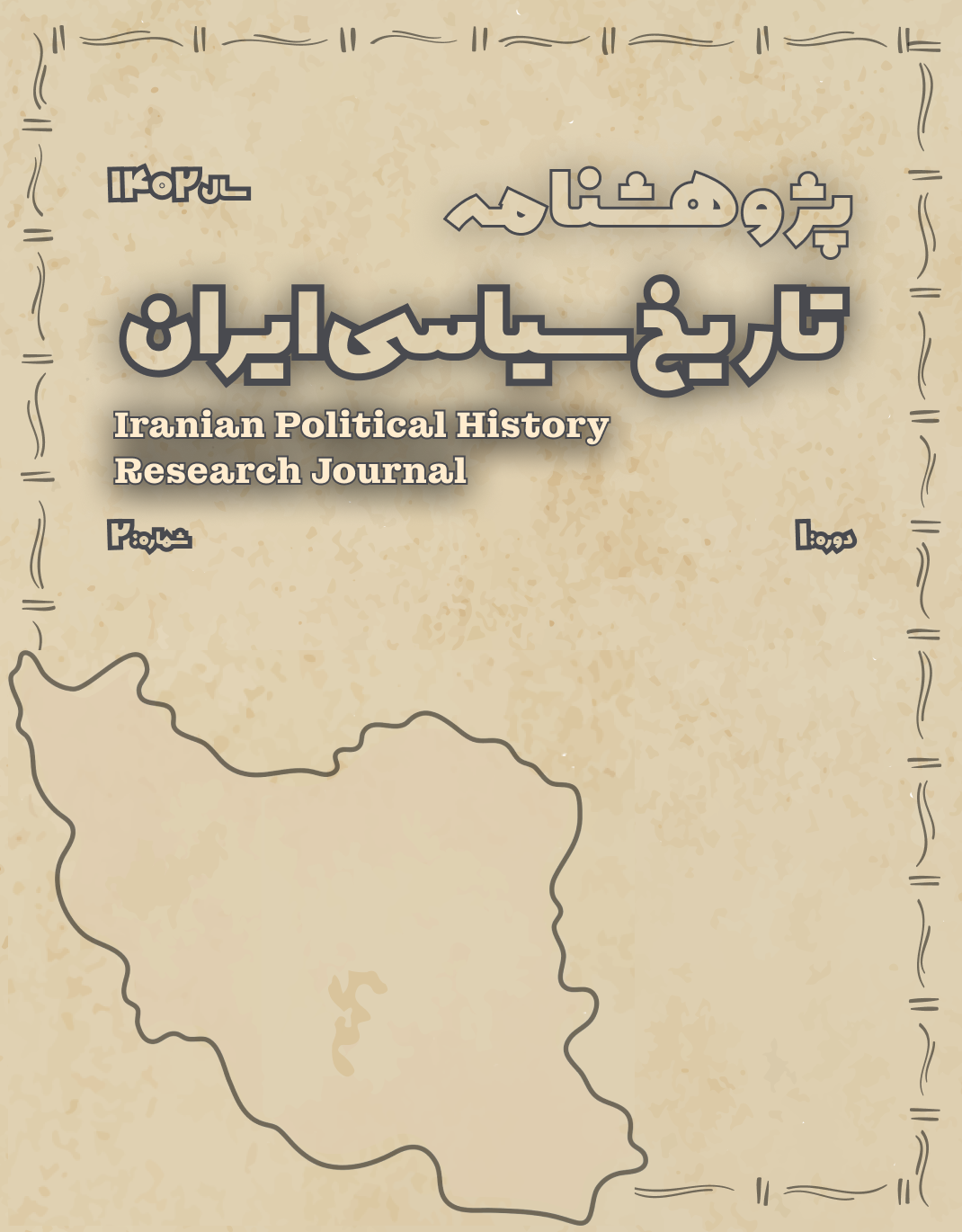Conceptual Transformations of Legitimacy in Iranian Political Thought from the Safavid Era to the Constitutional Revolution
Keywords:
Legitimacy, Iranian political thought, Safavid, Qajar, Constitutional Revolution, clerics, law, national sovereignty, mashru‘a, religious legitimacyAbstract
This article explores the conceptual evolution of legitimacy in Iranian political thought from the Safavid era to the Constitutional Revolution—an era marked by profound shifts in the foundations, institutions, and discourses of political legitimacy. With the rise of the Safavid dynasty, political legitimacy was grounded in the fusion of Shi‘ite jurisprudence and royal authority, portraying the shah as the deputy of the Hidden Imam. In this context, Shi‘ite clerics gained significant influence in the structure of power, and jurisprudence became a tool for legitimizing the monarchy. The collapse of the Safavids and the emergence of the Afsharid and Zand dynasties led to a return to military and tribal models of legitimacy, characterized by personal charisma and force, and a retreat from religious justifications. During the Qajar period, widespread corruption, administrative inefficiency, and foreign intervention weakened hereditary monarchy, while the clergy emerged as an independent force advancing religious legitimacy. This duality reached its climax during the Constitutional Revolution, which introduced modern notions such as nation, law, and popular sovereignty into the Iranian political lexicon. The article demonstrates how the tension and interplay between religious and legal legitimacy led to a hybrid model reflected in the 1906 Constitution. These transformations profoundly shaped the structure of power in contemporary Iran, resulting in layered and often contradictory forms of authority. Using a descriptive-analytical method and drawing on renowned historical and theoretical sources, this article presents a comprehensive account of legitimacy’s evolution in Iran’s political tradition and offers new perspectives for future research in the field.
Downloads
References
Arjomand, S. A. (1988). The Shadow of God and the Hidden Imam: Religion, Political Order, and Societal Change in Shi'ite Iran from the Beginning to 1890. University of Chicago Press.
Bayat, M. (1991). Iran's First Revolution: Shi'ism and the Constitutional Revolution of 1905–1909. Oxford University Press.
Beetham, D. (1991). The Legitimation of Power. Macmillan.
Dabashi, H. (2008). Iran: A People Interrupted. New Press.
Fahimifar, N. (1998). Shiite Political Thought in the Qajar Period. Tehran University Press.
Ganji, A. (2014). Power and Legitimacy in Iran: Islam and Political Development. Rowman & Littlefield.
Keddie, N. R. (2003). Modern Iran: Roots and Results of Revolution. Yale University Press.
Newman, A. J. (2006). Safavid Iran: Rebirth of a Persian Empire. I.B. Tauris.
Sivan, E. (1990). Radical Islam: Medieval Theology and Modern Politics. Yale University Press.
Tabatabaei, S. J. (2015). Andishe-ye Siyasi dar Iran. Tarh-e No.
Weber, M. (1978). Economy and Society: An Outline of Interpretive Sociology. University of California Press.









